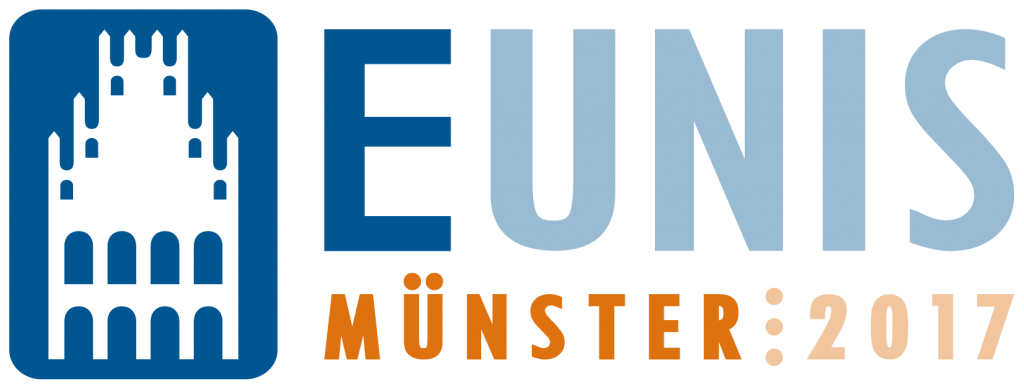Session Chair: S. Heinrich
The Logic of Numbers – How Numeric Data Reveals the Processes of Learning and Teaching
(Mirco Zick)
Nominated for Best Paper Award
In our presentation we would like to share our views and reflections on Learning Analytics in higher education. We therefore start by examining the future integration of Learning Analytics at the University of Duisburg-Essen, specifically in the context of the recently introduced E-Learning strategy. We proceed by attempting to define the terminology and describe the understanding and aim of Learning Analytics. Following, we present first opportunities to put Learning Analytics into action, especially in the environment of the learning management system moodle, which will also include authentic evaluations of moodle courses. Finally, we will present first attempts for the future work with, the realization and the incorporation of Learning Analytics at the University and beyond. View Paper
Quantified Student
(Rens van der Vorst)
Nominated for Best Paper Award
It is a simple idea, really. Learning is all about feedback. Runners, for example, use apps like the RunKeeper. Research shows that apps like that enhance engagement and results. And people think it is fun. The essence being that the behavior of the runner is tracked and communicated back to the runner in a dashboard. We, at Fontys University, wondered if you can reach the same positive effect if you had a dashboard for study behavior. For students. And what should you measure, track and communicate? We wondered if we could translate the Quantified Self Movement into a Quantified Student. So, together with students, professors and companies we started designing & building Quantified Student Apps. Apps that were measuring all kinds of study behavior related data. Things like Time On Campus, Time Online, Sleep, Exercise, Galvanic Skin Response, Study Results and so on. We developed tools and prototyped the apps with groups of student. At the same time we created a Big Data Lake and did a lot of privacy research. The Big Difference between the Quantified Student Program and Learning Analytics is that we only present the data to the student. It is his/her data! It is his/her decision to act on it or not. The Quantified Student Apps are designed as a Big Mother never as a Big Brother. View Paper
How to Start with Learning Analytics? Infrastructure and Support.
(Jocelyn Manderveld)
Better insight into the teaching process and targeted feedback to students, ultimately resulting in improved education: that is the idea behind learning analytics. Learning analytics makes it possible to follow students’ digital footsteps. These footsteps can be recorded and analysed, leading to the creation of comprehensive data collections. With this data, it is possible to make predictions about, for example, the quality of the teaching materials used, how teachers and students interact with the material, how the digital learning and working environment is used, etc. Learning analytics offers a great many possibilities, but how can an institution use it successfully? This is the reason why SURFnet started the Learning Analytics Experiment for Dutch institutes for higher education to gain experience with learning analytics. With this experiment, SURFnet demonstrates the possibilities of learning analytics in education. In this paper we present the set-up of the Learning Analytics experiment, the learning analytics architecture and infrastructure used for this experiment as well as the preliminary results and further work. View Paper
